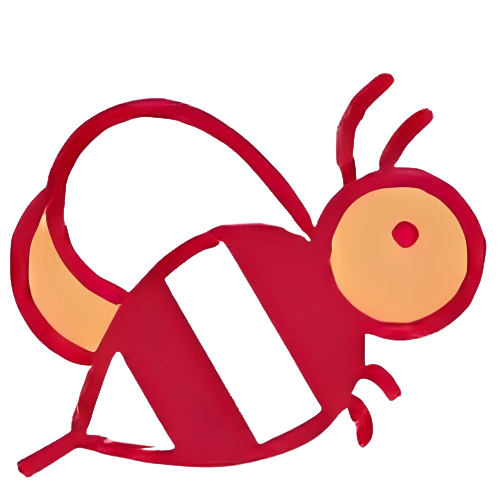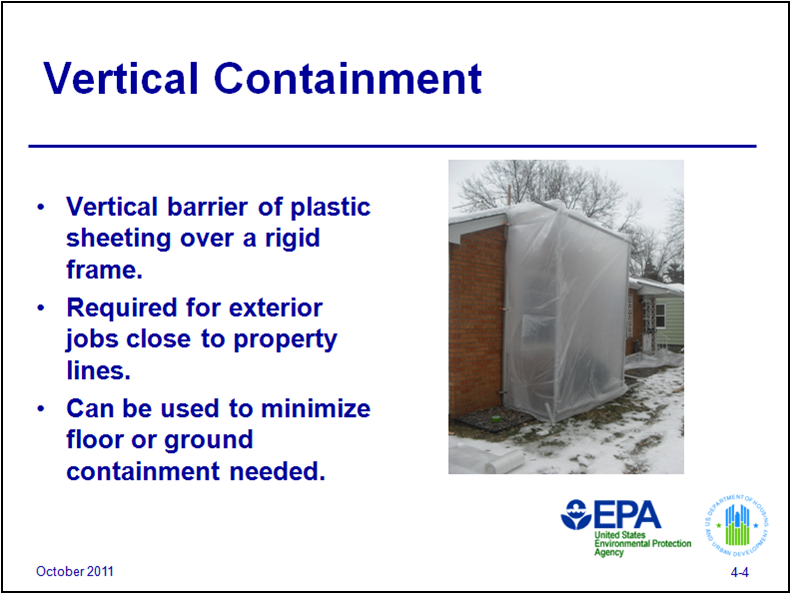


This program allows users to input a series of non-negative integers representing points on a 2D plane, and find the optimal combination of vertical lines that forms the container with the highest possible water capacity. The approach involves targeting the maximum difference between two points and checking if it can be optimized even further. By reducing the problem to a simpler set, the algorithm is able to find the most efficient solution in linear time.
Container with Most Water
Background
The "Container with Most Water" problem is a classic algorithmic challenge that requires an efficient way to find the maximum area that can be contained between two vertical lines in a 2D plane. The lines represent the height of obstacles at different points, and the goal is to maximize the amount of water that can be stored between them.
Algorithm
The optimal solution to this problem involves a two-pointer approach. It starts by setting two pointers, one at the beginning of the array and one at the end. The algorithm then finds the area between the two pointers and checks if it is larger than the maximum area found so far. If it is, the maximum area is updated.
The algorithm then moves the pointer at the end of the array forward by one position. If the area between the two pointers is now larger than the maximum area found so far, the maximum area is updated. This process is repeated until the pointer at the end of the array reaches the beginning of the array.
Time Complexity
The time complexity of this algorithm is O(n), where n is the number of points in the input array. This is because the algorithm iterates through the array once, and the operations performed in each iteration take constant time.
Applications
The "Container with Most Water" problem is a fundamental algorithm that has applications in a variety of areas, including:
FAQs
1. What is the optimal solution to the "Container with Most Water" problem?
The optimal solution involves a two-pointer approach that finds the area between two vertical lines and checks if it is larger than the maximum area found so far. If it is, the maximum area is updated.
2. What is the time complexity of the "Container with Most Water" algorithm?
The time complexity of the algorithm is O(n), where n is the number of points in the input array.
3. What are some applications of the "Container with Most Water" algorithm?
The algorithm has applications in a variety of areas, including image processing, computational geometry, and operations research.
4. What is a common mistake when solving the "Container with Most Water" problem?
A common mistake is to use a brute-force approach that compares every pair of points in the input array. This approach has a time complexity of O(n^2), which is much slower than the optimal O(n) approach.
5. What is the most challenging part of solving the "Container with Most Water" problem?
The most challenging part of solving the problem is coming up with the optimal two-pointer approach. The approach is not obvious, and requires a deep understanding of the problem.

In an effort to fight the ongoing air pollution crisis, Delhi conducted its first-ever official cloud seeding operation led by IIT Kanpur. The operation involved a small aircraft dispersing specially designed chemical flares into the atmosphere to create rain. While experts say rainfall could occur within 15 minutes to 4 hours, the actual timeframe depends on various factors such as wind direction and moisture content. If successful, the government plans to continue the operation in the coming days.

In the quest for stronger, luscious hair, we often overlook the importance of nurturing the roots. Fortunately, Ayurveda has long stressed the significance of this practice, which has now been backed by modern science. Studies have shown that herbs like Bhringraj and Amla can activate hair follicles, promoting new growth and delaying greying. Fenugreek, Neem, Hibiscus, and Ashwagandha are also found to be beneficial in strengthening and nourishing the scalp, resulting in thicker and healthier hair.

A college student shares her personal journey of becoming a vegetarian, despite facing challenges and health concerns. She then delves into an ethics class she took, where the concept of marginal cases were discussed. Following an article by philosophy professor Alastair Norcross, she concludes that even though individual action may seem insignificant, refusing to consume factory-farmed meat holds moral significance due to the potential to prevent immense suffering for animals.

On October 24, the global community commemorates World Polio Day to honor the legacy of Dr. Jonas Salk and the efforts of countless individuals and organizations in the fight against polio. This highly contagious and potentially deadly disease, once a widespread epidemic, is now largely preventable thanks to the development of a life-saving vaccine. India's successful eradication of polio serves as a testament to the importance of strong vaccination programs and collaborations in public health initiatives.

As winter arrives in India, so does the hazardous air pollution. Delhi NCR's AQI has already crossed the 400 mark, making it crucial to invest in air purifiers, especially after Diwali. Dyson, Qubo, HomePure, and Philips have launched high-quality air purifiers with advanced features to tackle different types of pollutants and create cleaner indoor air. With prices ranging from Rs 5,000 to Rs 1 lakh, these purifiers are a practical and timely purchase for a healthier living.

In a recent family vlog, Indian celebrity couple Shoaib Ibrahim and Dipika Kakar shared their "natural" hair care routine for their son, using a homemade mask made with rice flour, flax seeds, and coconut oil. However, experts warn that what works for adults may not be suitable for babies, whose sensitive skin and scalp could react to the ingredients. While the ingredients may improve hair texture, they do not necessarily promote hair growth. Instead, a healthy diet and good scalp care are more important in maintaining healthy hair.

A recent consumer study has found multiple brands of soft contact lenses in the U.S. to contain "forever chemicals" that can be harmful to both the body and the environment. The study, conducted by the nonprofit organization Environmental Health Sciences, tested 18 varieties of popular contact lenses and found all of them to contain markers for PFAS. Brands such as Acuvue, Alcon, and CooperVision were among the list of affected products. This news serves as a cautionary lesson on the potential risks of overusing contact lenses.

On the birth anniversary of Dr. APJ Abdul Kalam, the ‘Missile Man’ of India, tributes pour in on social media celebrating his life, vision and impact. A visionary scientist, inspiring leader and true patriot, Dr. Kalam's humility, compassion and constant interaction with students continue to inspire generations. His tireless efforts in defense, science and youth empowerment have strengthened India's path towards self-reliance and his legacy continues to motivate young minds to dream big and work hard for the nation.

Recent studies have found that extreme heat, particularly when combined with high humidity, can have a significant impact on mental health. A study in India showed that when wet bulb temperature exceeded 27°C, the probability of reporting severe depression increased by 0.5%, even when the temperature was slightly lower. This finding is consistent with global reviews that have linked high temperatures to mood disorders, increased hospital admissions for psychiatric conditions, and even elevated suicide risk. The Lancet has also published evidence that rising temperatures worldwide are a growing threat to emotional and cognitive health.

In a meeting with university officials in Udaipur, Rajasthan Governor Hari Bhau Bagde stressed the importance of incorporating India's ancient knowledge traditions into academic research. He highlighted the deep repository of knowledge in India since ancient times and urged scholars and scientists to draw upon this tradition in their work. Bagde also suggested making ancient texts available in university libraries for study and research purposes, in order to shape the intellectual abilities and love for the nation among the younger generation.